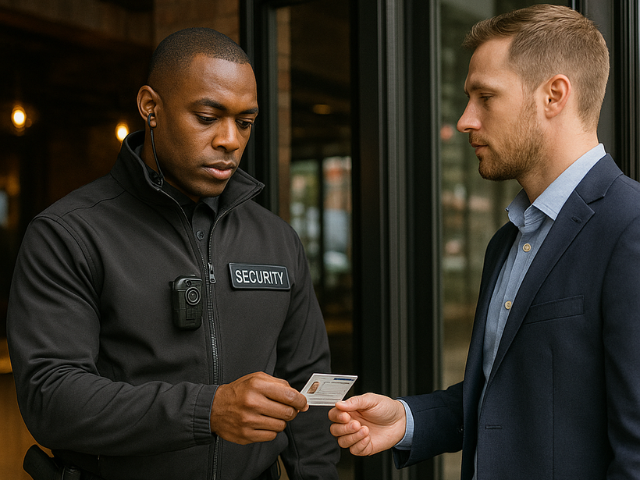The certification comprises three components, encompassing the comprehension of Terror Threat Awareness within the Private Security Sector, adept utilization of communication gadgets, and a module focused on physical intervention. The demand for this qualification emerged due to the omission of the physical intervention skills module among prior qualification holders. This module is now obligatory for the present door supervision qualification, ensuring skill currency every three years. Furthermore, prior to enrolling in the SIA door supervisor course, SIA Top up door supervisor course, or SIA Top up Security Guard course, completion of mandatory First Aid training is required.
SIA Top Up Door Supervisor Course

